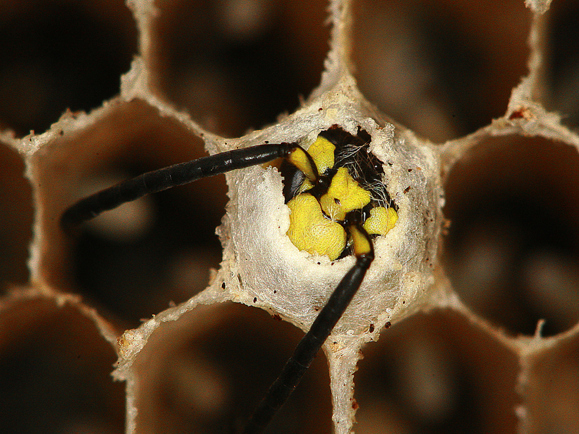
Wasps, hornets and bees all serve as important pollinators for the environment. But, when they construct nests in, on, or near our homes, they can cause costly damage and can even become a serious health threat. In fact, stinging insects send more than 500,000 people to the emergency room every year. When it comes to stinging insects, it is important to know which species you are dealing with and the threats they may pose. While they can be distinguished by their physical appearance, being able to recognize different nests can help homeowners identify various species from a safe distance. Read on for a complete guide to identifying stinging insect nests.

Pest Facts:
There are several species of yellowjackets, all of which typically have a yellow and black head along with a patterned abdomen. These social insects live in nests or colonies with up to 4,000 workers and are most active in late summer and early autumn. Yellowjackets feed on sweets and proteins, so they’re known to invade outdoor events like barbecues.
Nest Identification:
Yellowjackets and their nests can be found anywhere humans are found. Their paper carton nests, built out of chewed up cellulose, can be found both above and below ground. Aboveground nests can be constructed under eaves, in attics or inside a building wall void. Underground nests usually have a small, difficult to see entrance hole. Keep in mind, yellowjackets can venture up to hundreds of feet away from their nest, so it may not always be in plain sight when you initially encounter the insect itself.
Health Threats:
Yellowjackets have a smooth stinger, allowing them to sting repeatedly when attacking. They are territorial and will sting if they feel threatened, so homeowners should be sure to steer clear of any nests.
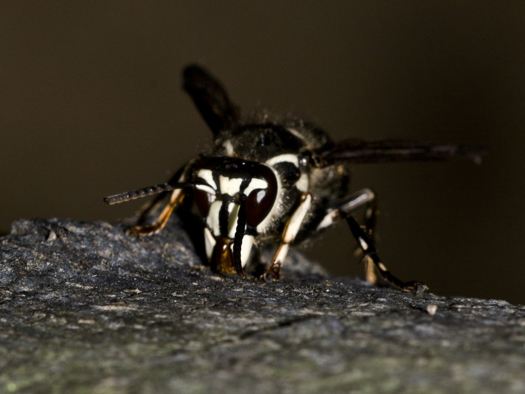
Pest Facts:
The bald-faced hornet gets its name from its largely black color and mostly white face. They live in colonies containing between 100 and 400 members and are most visibly active during the day. This species usually appears in late summer and, unlike other stinging insects, will not reuse the same nests season after season. Instead, new colony members build new nests each season.
Nest Identification:
Bald-faced hornets build paper nests at least three or more feet off of the ground. Their nests can usually be found in trees, shrubs, overhangs, houses and sheds. Bald-faced hornet nests can be up to 14 inches in diameter and more than 24 inches in length. Unlike the open cone nest structure used by other stinging insects such as yellowjackets and paper wasps, their grey aerial nests are enclosed.
Health Threats:
Bald-faced hornets are aggressive and will attack anyone or anything that invades their territory. Similar to yellowjackets, they can sting repeatedly using their smooth stingers. These pests carry venom that makes their stings hurt, itch and swell for about 24 hours.
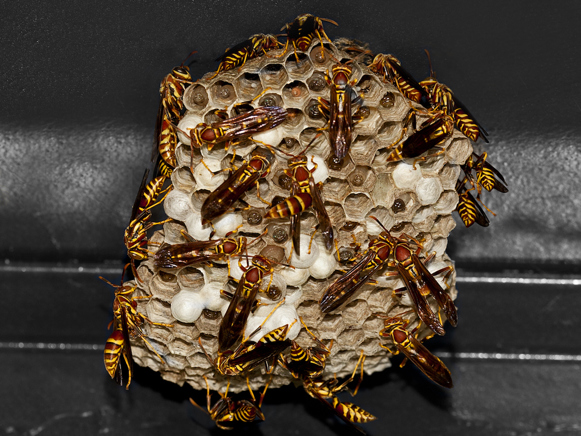
Pest Facts:
Paper wasps get their namesake from the paper-like material they use to build their nests. They’re also referred to as “umbrella wasps” based on the distinctive shape of their nests. This species lives in small colonies and eats nectar, as well as other insects including flies and caterpillars. Emerging in the springtime, they have a similar body shape to yellowjackets but are mostly brown in color.
Nest Identification:
This species often builds nests in residential yards, hanging from objects such as trees, porch ceilings, deck floor joists and more. Their umbrella-shaped nests have open, uncovered cells where eggs are laid.
Health Threats:
While paper wasps aren’t aggressive by nature, they will still sting if they are disturbed or their nest is threatened. Their stings can be very painful and can cause allergic reactions. Sting sites typically become red and swollen.
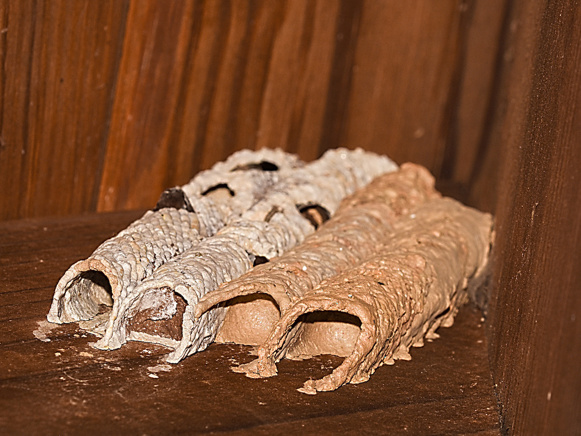
Pest Facts:
“Mud dauber” is a common name for wasps that construct their nests out of mud. Various species, such as open pipe and black-and-yellow mud daubers, are commonly found throughout the United States. Mud dauber are solitary wasps, meaning they do not live in colonies. However, there may be more than one mud dauber nest in certain suitable environments. Adults feed on plant nectar, honeydew and spiders.
Nest Identification:
As their name would suggest, mud daubers construct their nests out of mud. Depending on the species, nests of these stinging insects are typically made of short or long mud tubes built side-by-side. Mud daubers typically build their nests in sheltered spaces, such as underneath porch ceilings or eaves, as well as inside garages, sheds and attics.
Health Threats:
Mud daubers rarely sting and are far less aggressive than yellowjackets or bald-faced hornets. However, they can sting if provoked.
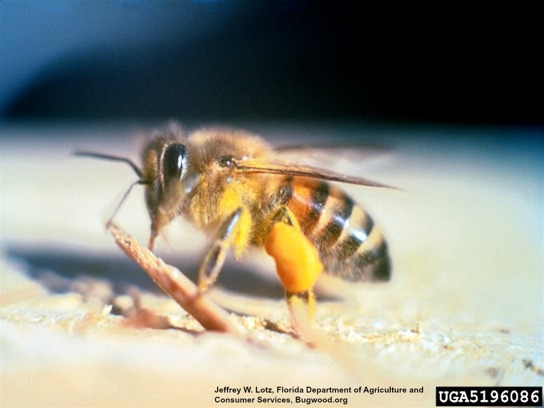
Pest Facts:
Nicknamed “killer bees,” Africanized honey bees are dangerous stinging insects that have been known to chase people for more than a quarter of a mile. Although slightly smaller than European honey bees, Africanized honey bees are nearly impossible to visually distinguish from their counterparts. Workers gather pollen and nectar from flowers to feed the colony and will attack if they feel threatened.
Nest Identification:
Africanized bees live in small colonies, so they can build their nests in unique places that are prime locations for accidental run-ins with unsuspecting passersby. They have been known to live in tires, crates, tree limbs, utility poles, mailboxes and overturned flowerpots. This species is highly adaptive and can nest in a multitude of places around the yard.
Health Threats:
Although the venom of an Africanized bee is no more dangerous than that of regular honey bees, they tend to attack in greater numbers which can cause more harm. An attack can cause severe injuries or even death in some cases due to the high volume of stings. Africanized bees are highly sensitive to noise and vibration, meaning the slightest movement can disturb a colony. Sting symptoms include pain and swelling, while those experiencing systemic reactions may suffer from difficulty breathing or even anaphylaxis.
Upon discovering a nest, homeowners should contact a licensed pest control professional to assess the situation and effectively remove the nest from the property. When it comes to stinging insects, nest removal is not a “do it yourself” job. Any attempts to remove the nest will disturb and threaten these pests, causing them to attack, sometimes in large numbers.
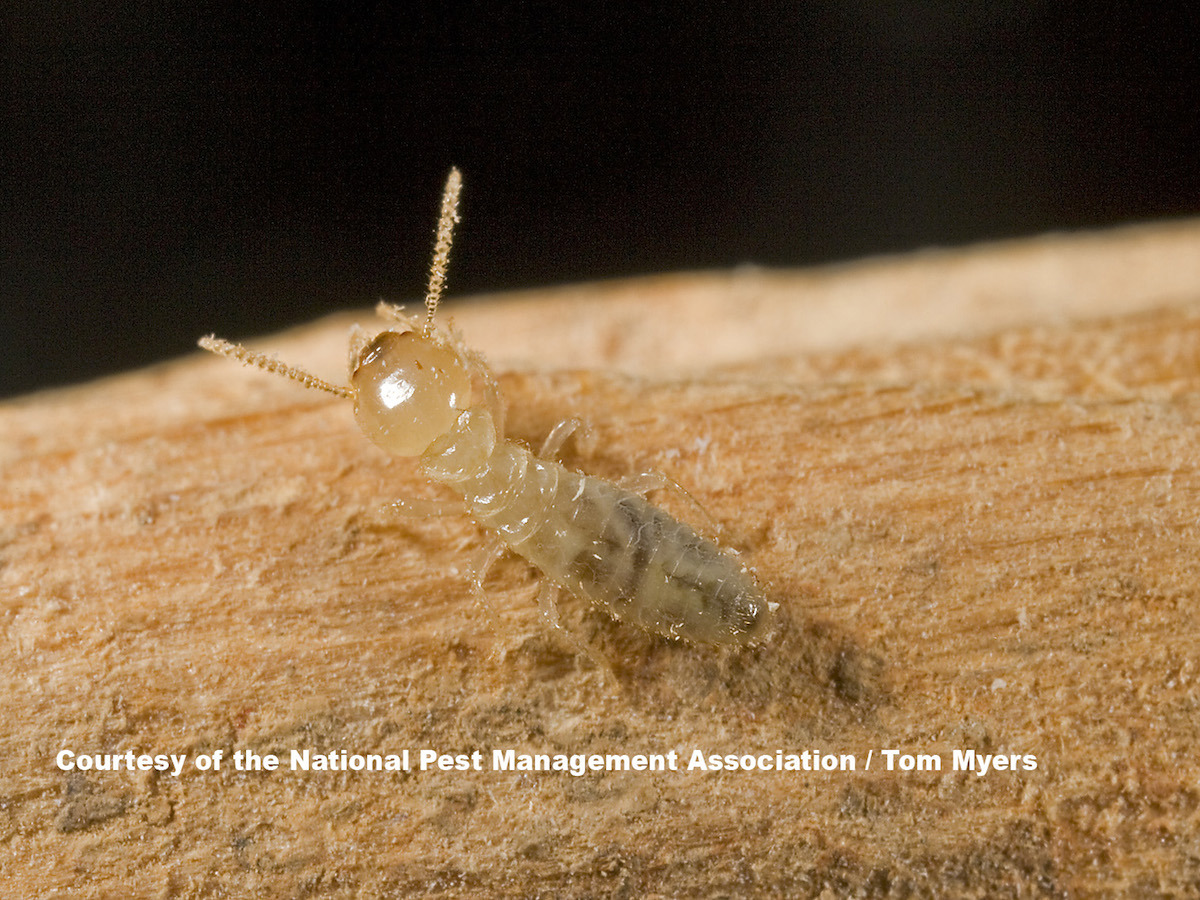
The answer: YES! This pest can cause significant and costly damage to your home. Read on to find out how.

Traveling for the holidays this year? Be sure to keep an eye out for bed bugs! Use our Pest Guide to help identify this pest.
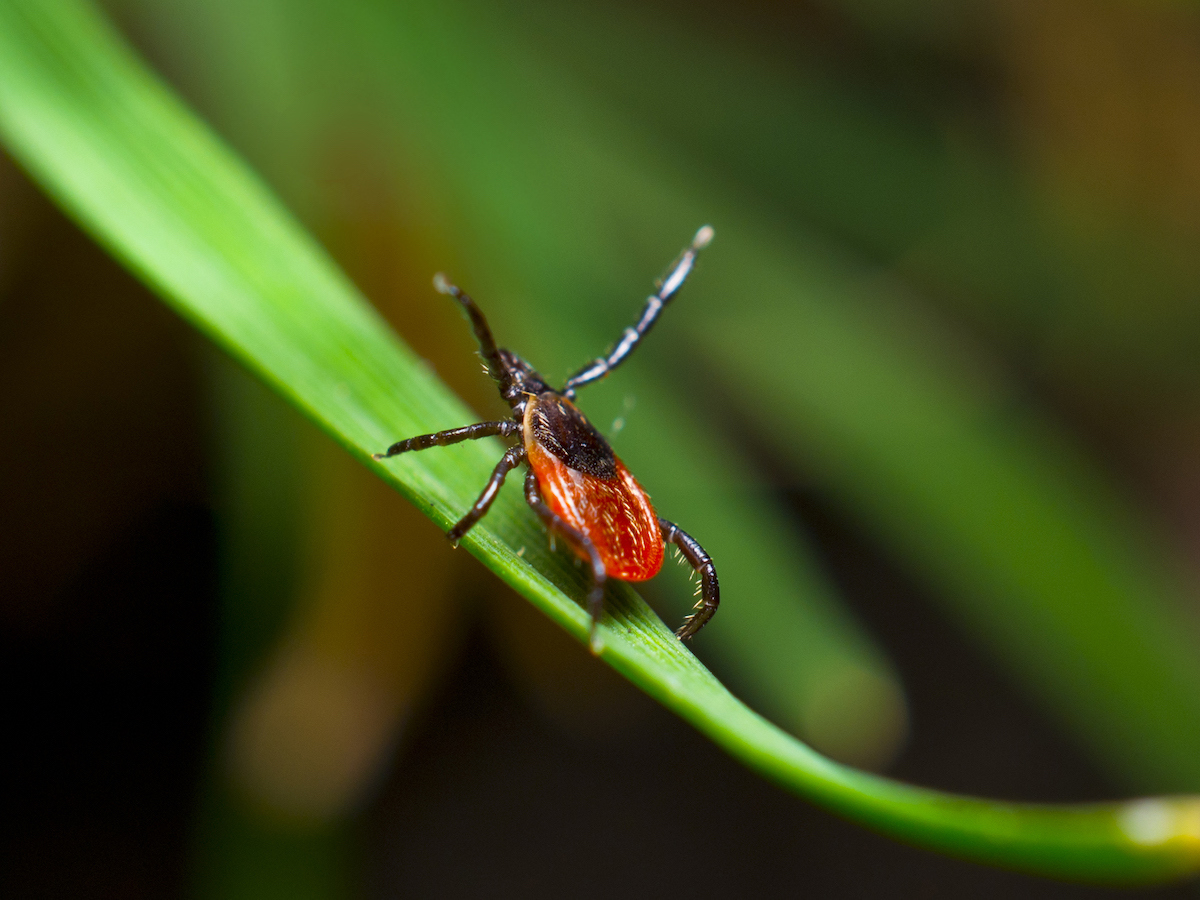
Check out NPMA's TickTalk.org for information about this pest, including the various species and health threats they pose.

The answer: YES! This pest can cause significant and costly damage to your home. Read on to find out how.

Traveling for the holidays this year? Be sure to keep an eye out for bed bugs! Use our Pest Guide to help identify this pest.

Check out NPMA's TickTalk.org for information about this pest, including the various species and health threats they pose.